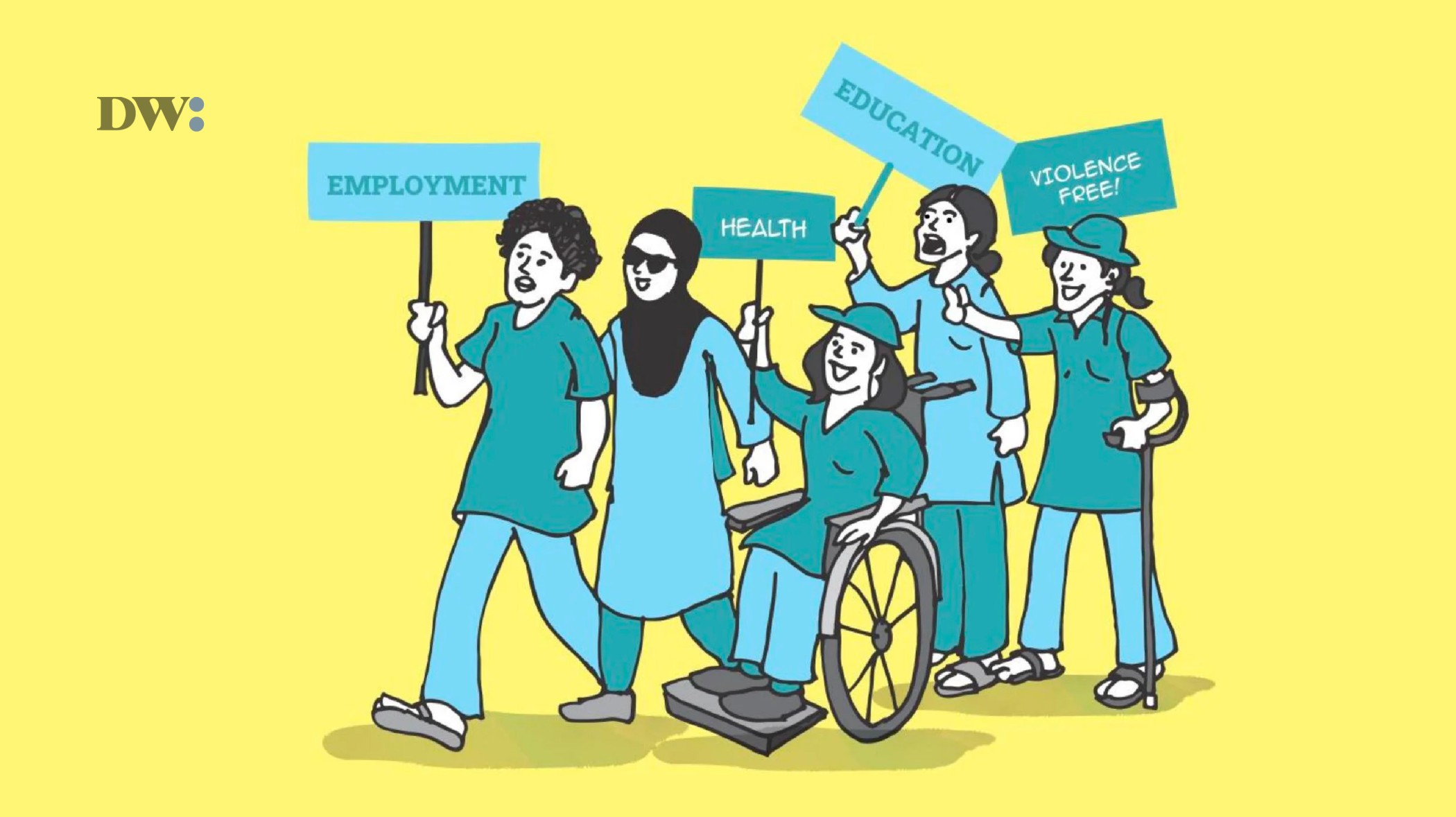Approximately 1.6 billion people globally, or 16 per cent of the Earth’s total population, live with a disability. This means that at least 1 in 6 people have a disability. People with disabilities are twice the risk of developing life-threatening conditions like stroke, depression, asthma, obesity, etc., and sometimes they die 20 years earlier than those without disabilities.
They also face healthcare, housing, legislation, transportation, education and employment inequalities. The disability level threshold places male disability prevalence at 12 and female at 19.2. This means that women with disabilities make up a significant portion of the world population.
When it comes to women with disabilities, one in five women suffer from a disability worldwide. They are faced with gender and disability discrimination which puts more obstacles and problems in their way. Access to work, healthcare, education, and financial independence are just a few of the many obstacles that can result in a decline in social and economic standing. In addition, there is a higher chance of abuse, exploitation, and violence for women and girls with disabilities.
According to UN Women, women with disabilities face challenges across all sectors. In healthcare, women with disabilities are three times more likely than men to have their healthcare needs unmet. In employment, women with disabilities are two times less likely to be employed. In education, women with disabilities are three times more likely to be illiterate.
In 2011, the Special Rapporteur on Violence against Women presented a report to the Human Rights Council, shedding light on the diverse and interconnected forms of discrimination that not only lead to but also intensify violence against women. The report highlighted that variables such as age, ability, race/ethnicity, language, religion, and sexual orientation significantly contribute to the prevalence of violence against women.
While women universally face various forms of violence, when factors like gender and disability intersect, those with disabilities experience distinct manifestations, causes, and consequences of violence. Specifically, women with disabilities are at least two to three times more likely than their counterparts to endure violence from family members, caregivers, intimate partners, and institutional facilities.
The experiences of women with disabilities have gained some visibility in recent years and they must be acknowledged in legislation. These women are underrepresented in decision-making, instruments for national coordination on disability issues, gender equality institutions and organizations that cater to women with disabilities.
From a study conducted across 17 countries in Asia and the Pacific, only 2.3 per cent of women with disabilities held a position as a manager, senior official, or lawmaker, compared with 2.8 per cent of men with disabilities. Men made up nearly twice as many organisations for people with disabilities as women did, accounting for 21 per cent and 12 per cent of all mechanisms, respectively.
There were no women with disabilities among the members of the national machinery for gender equality in 7 of those same 17 nations, and there were only nine per cent of women with disabilities among the members of the other five countries. This data varies in developing regions like sub-Saharan Africa where some of their constitutions don’t guarantee rights for people living with disabilities.
Recognizing the enormous value that women with disabilities offer to women’s projects goes beyond simply checking a diversity box because women with disabilities bring a wealth of varied experiences, talents, and skills to any endeavour. Their involvement encourages creativity and results in solutions that better reflect the women they seek to assist.
When women with disabilities are included in the decision-making process, they can promote inclusivity and accessibility within the project, guaranteeing that the intended audience benefits from it. Women with disabilities who actively engage in projects serve as role models for other women and girls with disabilities, encouraging them to realise their own potential.
Women empowerment efforts worldwide must celebrate the diversity of the people they want to empower. These projects should cater to not only gender but also the unique experiences and needs of women with disabilities. This is not an ideal, it is a requirement

Leave a Reply